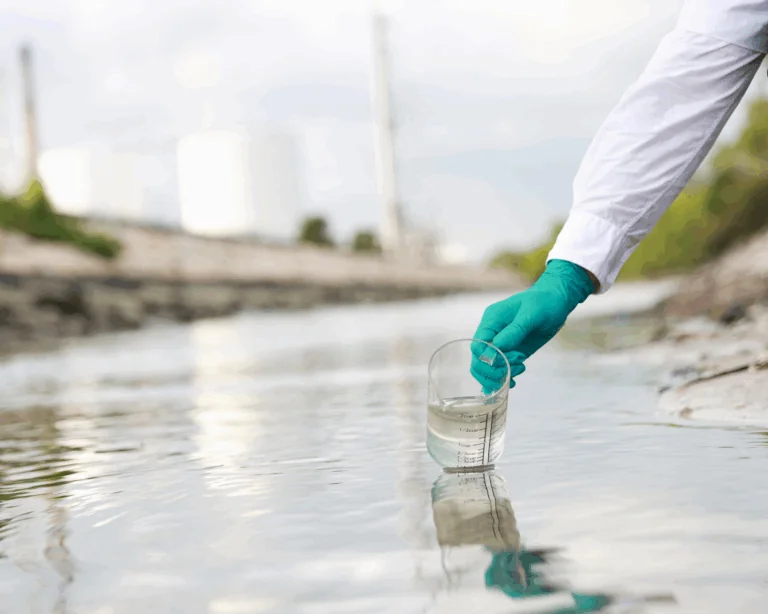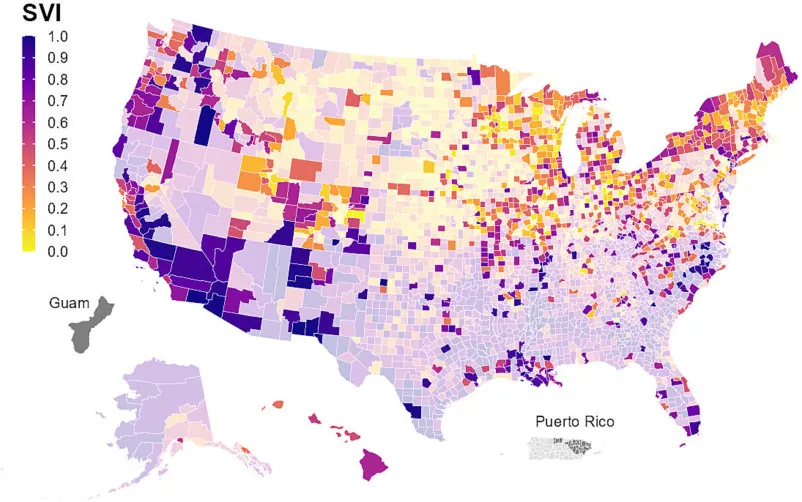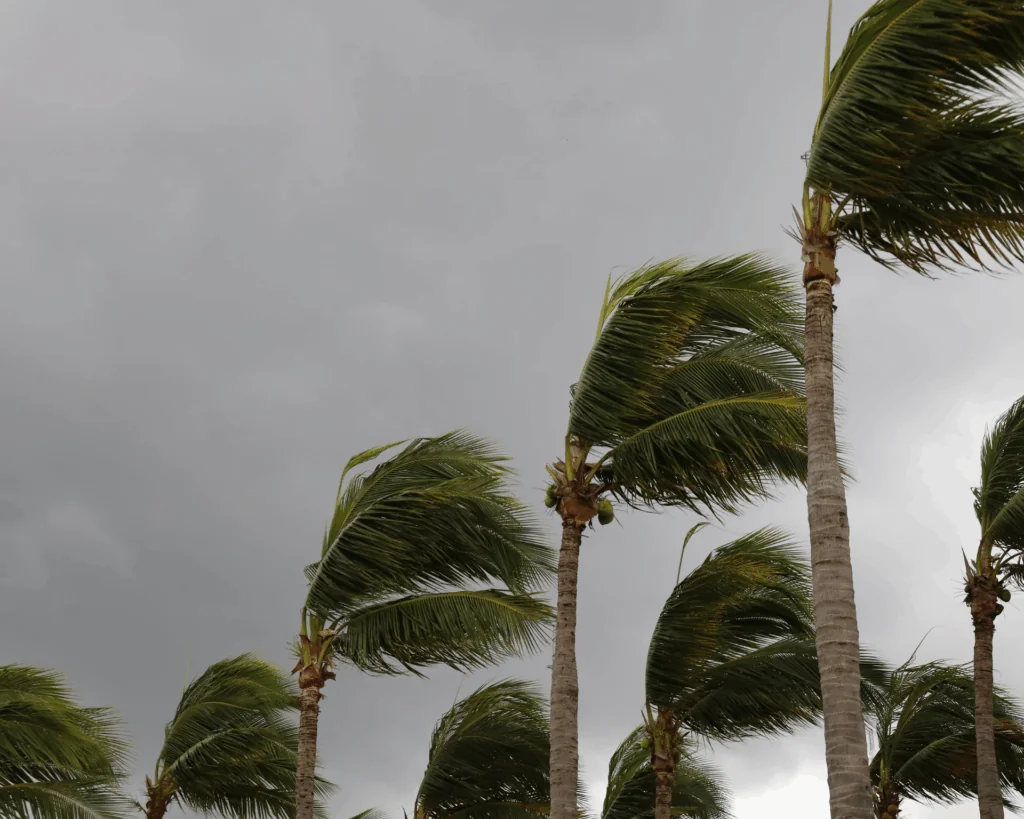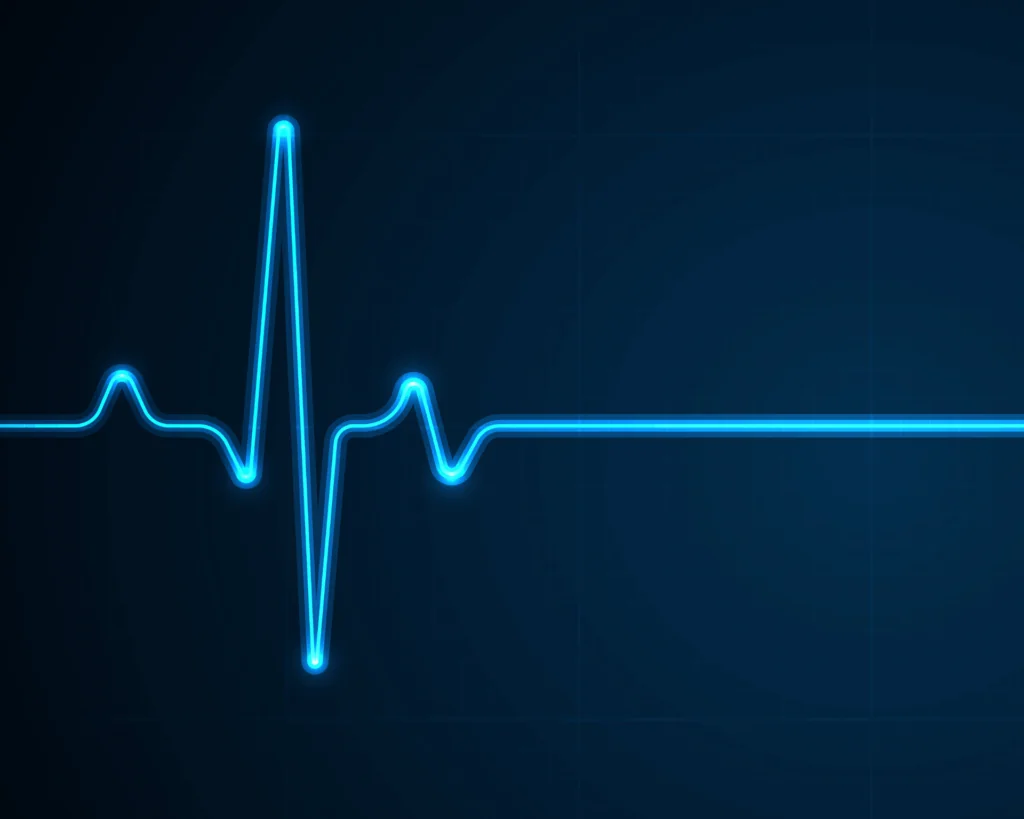Early Warning Signs from Wastewater Surveillance
Wastewater surveillance is a reliable public health tool, but expanding its reach is essential for disease response and health equity.

Read Time: 2 minutes
Published:
In early 2025, Houston researchers detected the measles virus in local wastewater—10 days before Texas confirmed its first measles case on January 17. The discovery came through routine screening for infectious diseases in water samples, a nationwide effort made permanent after the COVID-19 pandemic.
Wastewater sampling has a long history. First used in the 1940s to monitor polio outbreaks, it gained renewed relevance during the pandemic when advances in molecular testing transformed it into a powerful early-warning system.
In 2020, the CDC launched the National Wastewater Surveillance System (NWSS) to strengthen the nation’s ability to track SARS-CoV-2 and curb outbreaks. Wastewater is the water discharged from homes, businesses, and industries, carrying pollutants and organic matter. Wastewater surveillance analyzes this water before it enters treatment plants to detect bacterial and viral pathogens. Results emerge as early as 5 days after wastewater enters the sewer system.
A recent study analyzed NWSS data from its 2020 launch through December 2022. By then, sampling expanded to over 1,500 sites, covering 47% of the U.S. The researchers assessed whether enrollment of sampling sites varied by geography and Social Vulnerability Index (SVI), a tool developed by the CDC to measure a community’s ability to withstand external stressors like natural disasters, disease outbreaks, or economic downturns.
The SVI uses Census data to assign each county a score from 0 to 1, with higher scores indicating greater vulnerability during emergencies, based on social factors like poverty, housing, and access to transportation.

At its launch, NWSS sites focused on more densely populated urban counties (64) than rural (9) to maximize their reach. The initial sites also had lower SVI scores, 0.43 on average, represented in bright yellow. By 2022, coverage had steadily expanded to include more rural and tribal counties. Still, enrolling high-SVI communities, shown in muted purple, remains a priority for health departments.
Overall, the NWSS analyzed over 153,000 unique wastewater samples. The median turnaround time from collection to testing was just 2 days, enabling near real-time surveillance. Notably, wastewater trends preceded increases in clinical cases, positioning the system as a valuable complement to traditional disease surveillance methods.
Wastewater surveillance is a reliable, non-invasive public health tool that detects disease before outbreaks occur. Expanding this surveillance to rural and underserved areas with limited health care access is necessary to accurately monitor geographic disease patterns and advance health equity. As vaccine-preventable illnesses like measles resurface due to declining vaccination rates, early detection will be key to preventing widespread transmission, morbidity, and mortality.



